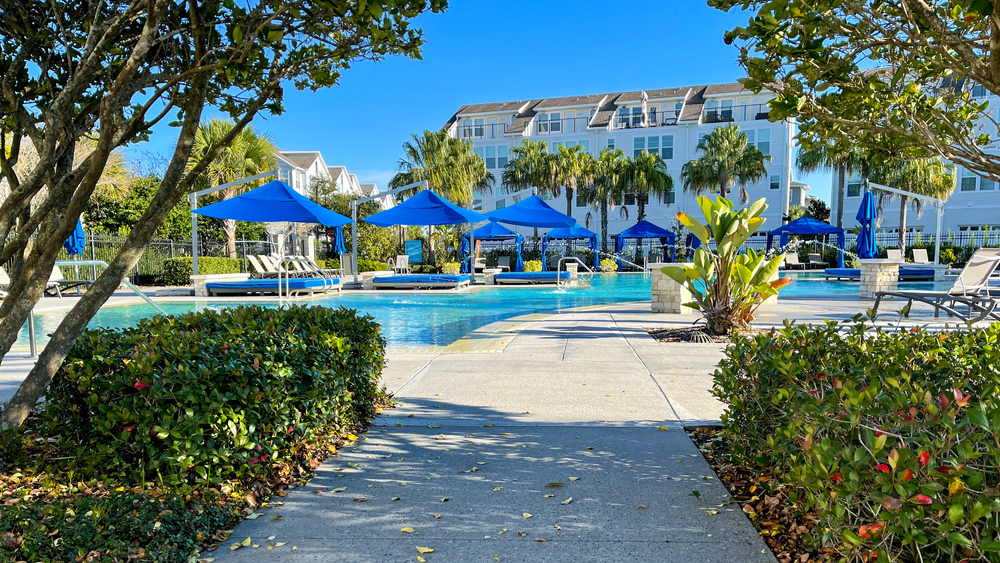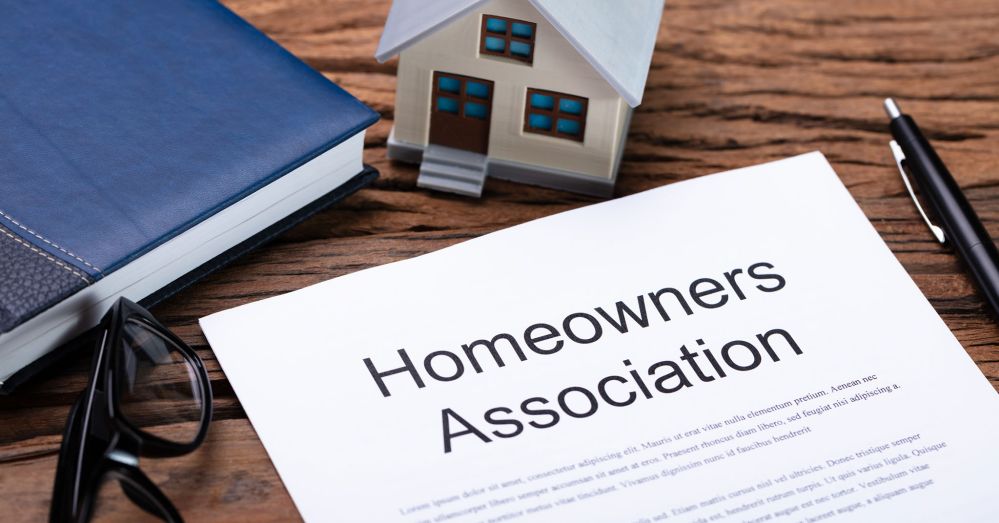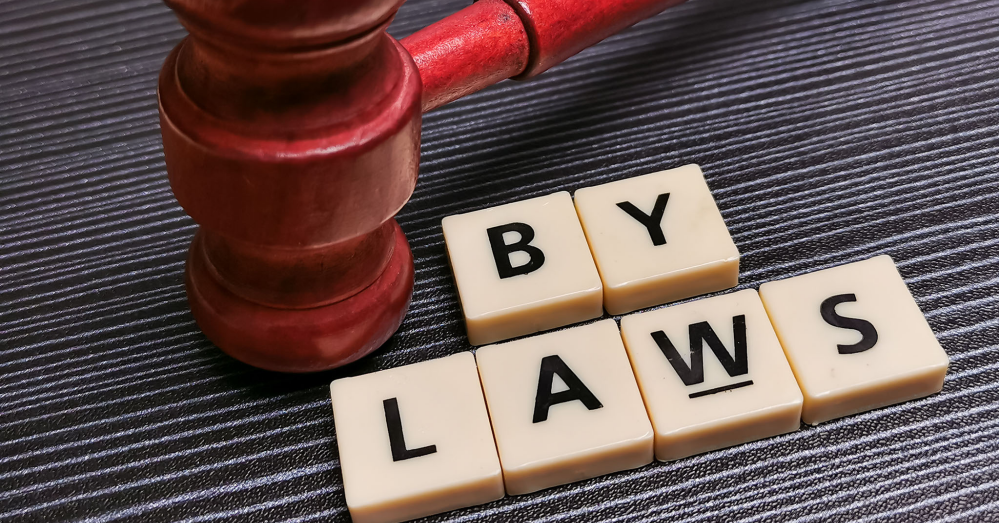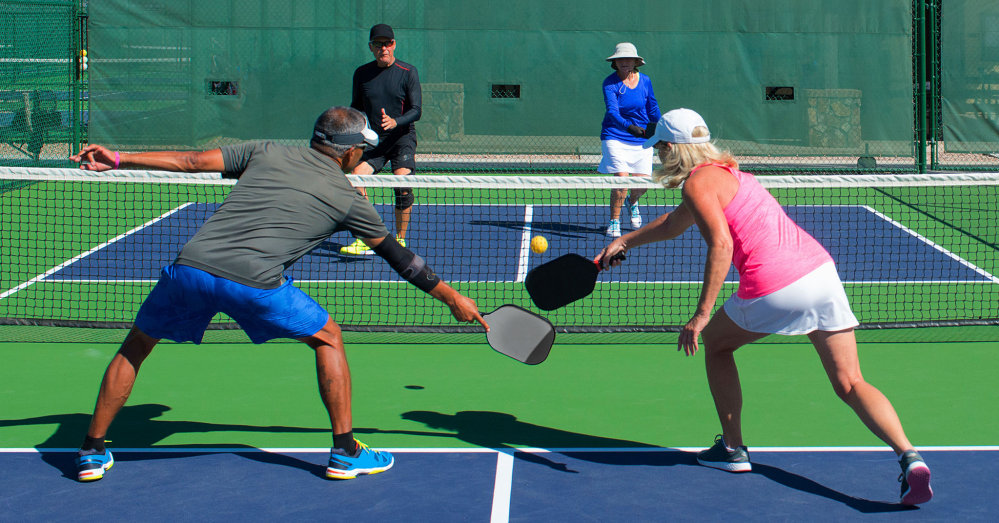
Spring Cleaning Tips for Your HOA
Spring is a glorious time of year. After a winter spent indoors and the business of fall and the holidays, spring can be as relaxing

Spring is a glorious time of year. After a winter spent indoors and the business of fall and the holidays, spring can be as relaxing

The articles of incorporation, also known as the certificate of incorporation, charter, or corporate charter, is a legal document that establishes the formation of a

A Declaration is an essential part of the governing documents of a homeowner’s association (HOA). It is a legal document that outlines the rules, regulations,

A homeowners’ association, or HOA, is a legal entity that governs a residential community or neighborhood. HOAs are usually established to maintain the common areas

An annual meeting is an important event for any homeowner association (HOA) board. It’s a time to review the previous year’s activities and accomplishments, discuss

As pickleball continues to gain popularity, many communities are considering retrofitting their existing tennis courts to make them playable for pickleball. This raises the question:

Hosting events in your Homeowners Association (HOA) is an excellent way to build a sense of community and bring neighbors together. However, it can be

A homeowner’s association (HOA) annual meeting is an important gathering for making decisions that affect the community. A quorum must be present to ensure that




Please note that maintenance action will be taken in accordance with direction provided by the Association’s Board of Directors.


Have a management question? We'd love to help! Fill out the form below and we'll get to back to you as soon as we can.


Please note that a fee may be charged to your account for pool and gate keys in accordance with Goodwin & Company’s association management contract.